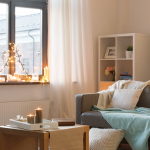Get ready to look at colour in a whole new way. These 10 lessons in colour will help you embrace colour for your home like never before.
Every home no matter the size or layout can benefit from having a cohesive colour scheme. It does not matter if your home has several rooms or an open floor plan. While it seems obvious to use coordinated colours in an open floor plan or small space, but even in a home with separate rooms, you don’t want to have a jarring effect caused by an out of place colour. While walking from one room to the other, you want your rooms to have some sort of connection, some order. You create that connection with colour.
To help you out, our colour experts give you no-fail colour tips and techniques to turn your home into a space that reflects your personal style. If you are ready to end the colour in-decision and create a colour palette that works for your home, remember these 10 important lessons in colour:
Lesson No. 1
Use white to freshen things up
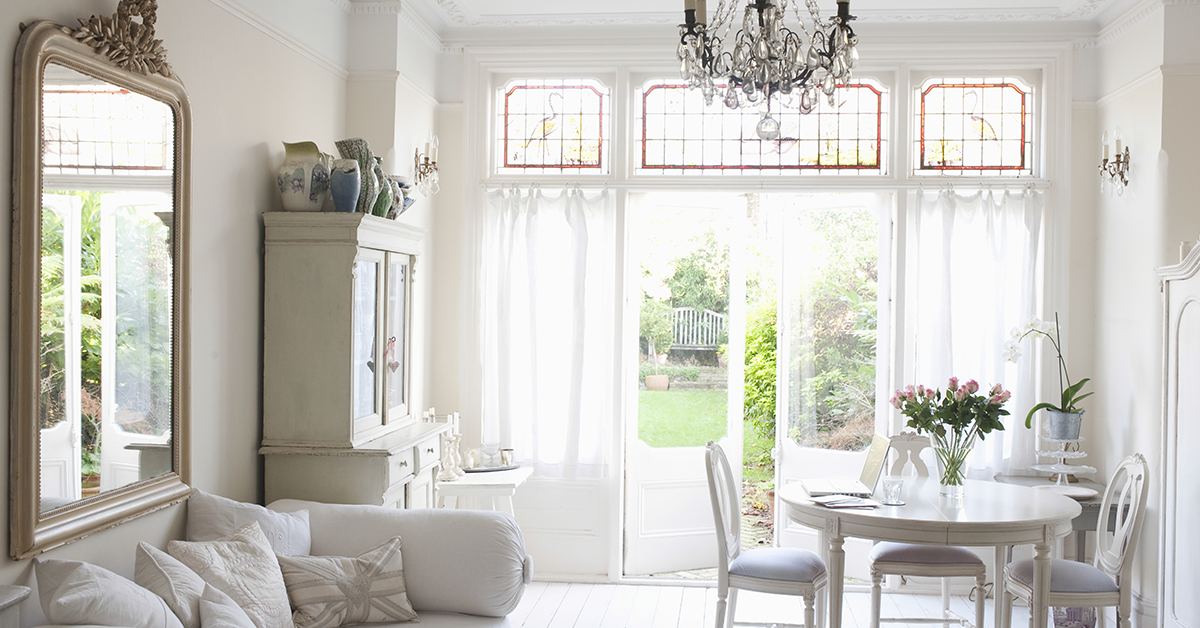
The colour of fresh snow, fluffy summer clouds and delicious vanilla- there’s a reason why white is a favourite for interior designers. It looks clean and fresh and it isn’t difficult to paint over. It is happy to either play a starring role in your home decor or take a backseat with more intense hues.
Lesson No. 2
Curate a colour palette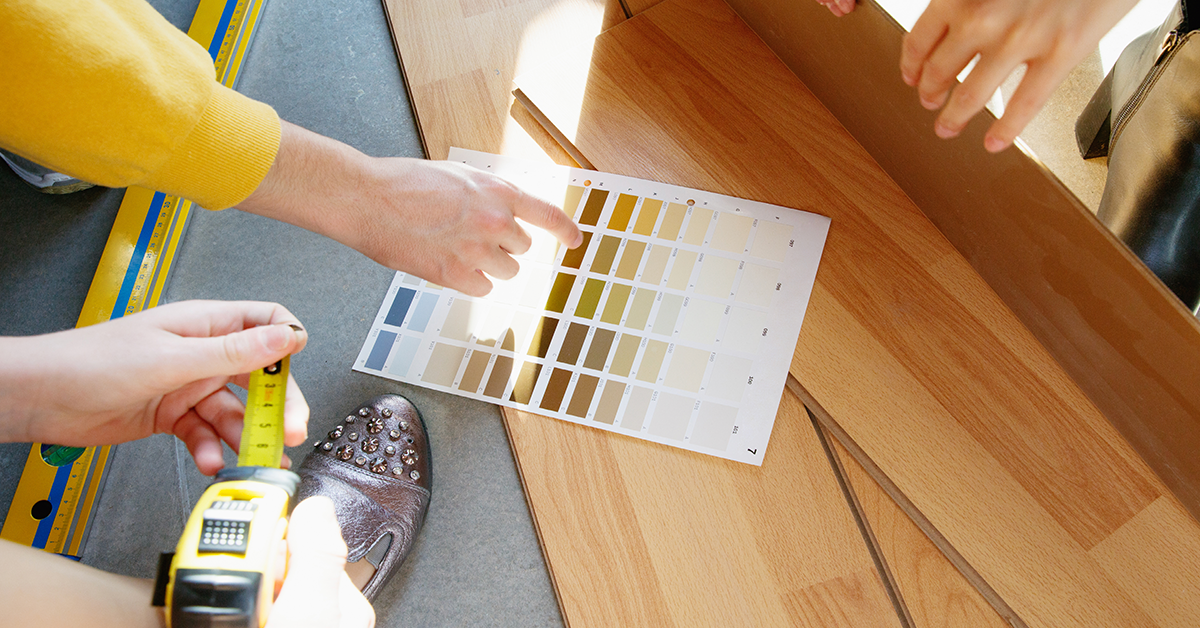
Picking a streamlined colour palette not only helps the rooms feel cohesive, but it also helps with a seamless transition between rooms. Creating a colour scheme for your home will ensure that one room ties to the next nicely even if the style of each room is a little bit different. If you are standing in the foyer or passageway wherein you can see the other rooms, you want to have some continuity that brings the place together wonderfully. This can be achieved by a curated colour palette, pick colours closer to each other from the colour wheel for walls and add contrasting colours in minor doses.
Lesson No. 3
Think of colour families
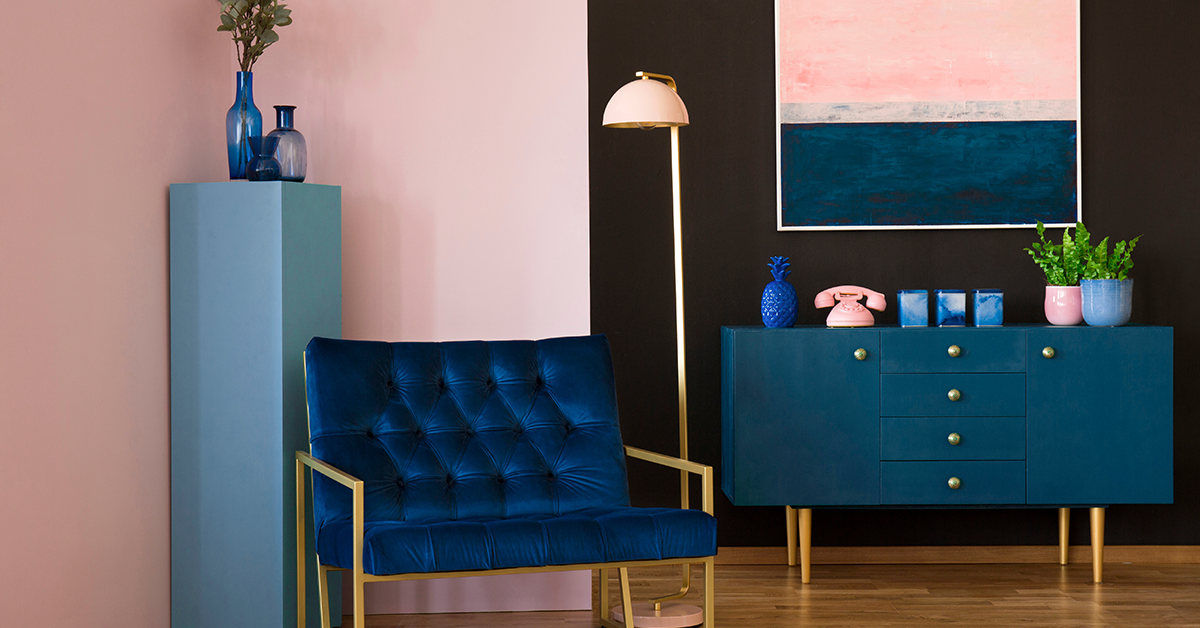
Having a curated home wall colour palette for your home does not mean using matchy-matchy colours but the secret lies in working with various hues within two complementary colour families. Complementary colours are the two colours that are directly opposite each other on the colour wheel. For example: orange and blue, red and green or yellow and purple. Once you have selected a colour scheme for the main room in your home, choose one complementary colour to carry it throughout the home. You can also add other colours to the main room when moving from one room and the other. This strategy will keep your home decor flowing and cohesive without being too similar in every room.
Lesson No. 4
Play with percentage
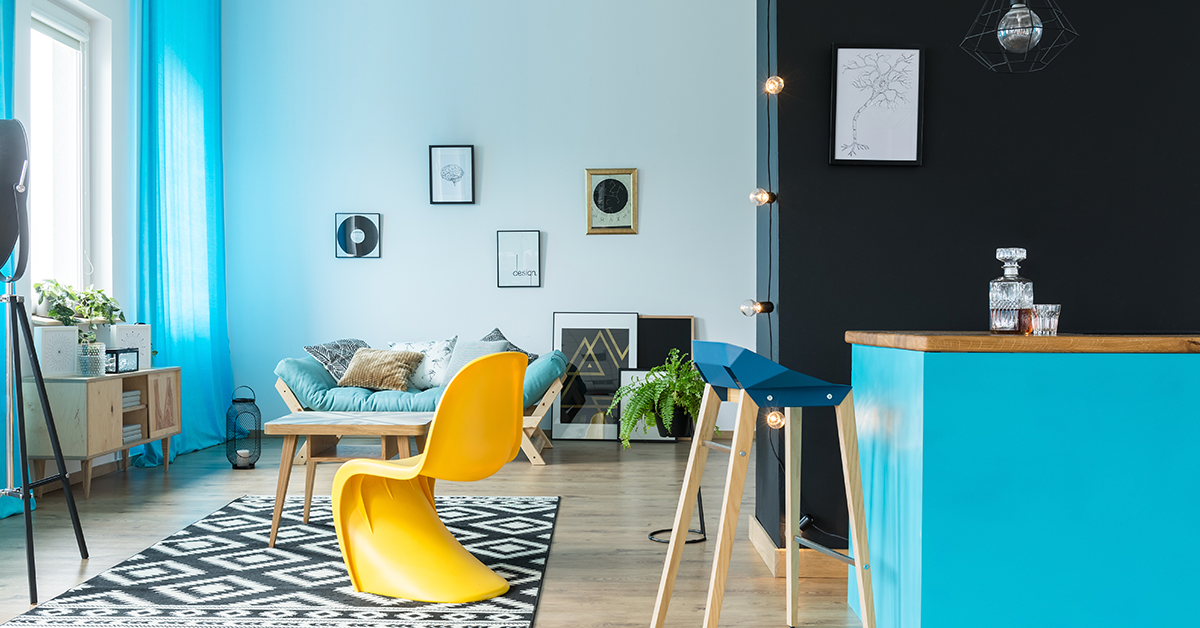
Perhaps the oldest interior design rule, the 60-30-10 divides the colour scheme into percentages of colour usage. The main colour represents 60% and typically includes the wall colour, floor colour and a furniture piece or two. The secondary colour represents 30% and typically includes furniture, textile and decor elements. With only half the amount of colour saturation as the main colour, it does not compete for attention in the overall design. Being a different colour, the secondary colour creates contrast and depth. And the next colour represents 10% and typically includes accent pieces. Its purpose is to add more character to the colour scheme. It should be used throughout the decor to draw the eye deeper into the room design.
Lesson No. 5
Neutrals always work
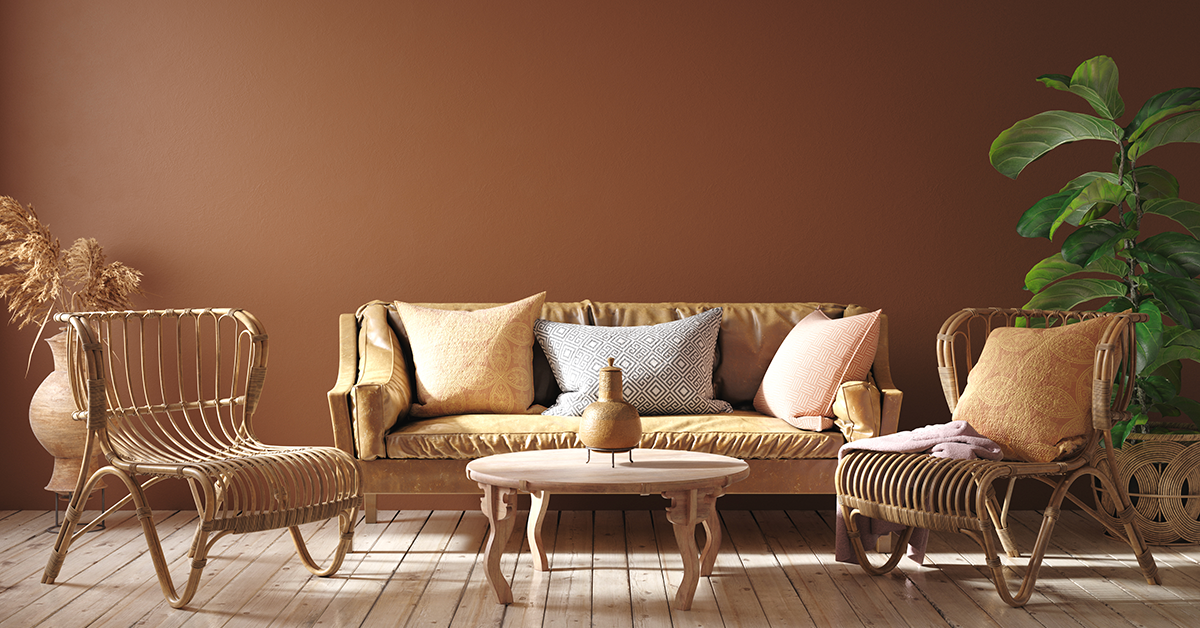
In interior design, neutral means without colour, for many people. However, the new neutrals today like cool grey and warm terracotta are anything but boring. Extend your love for neutral colours into the middle of the room with furniture, rugs and home accents. Combine jewel tones, charcoal grey and white with mauve for understated elegance or amp up neutrals with a combination of unexpected pops of gold or teal.
Lesson No. 6
Don’t shy away from colour
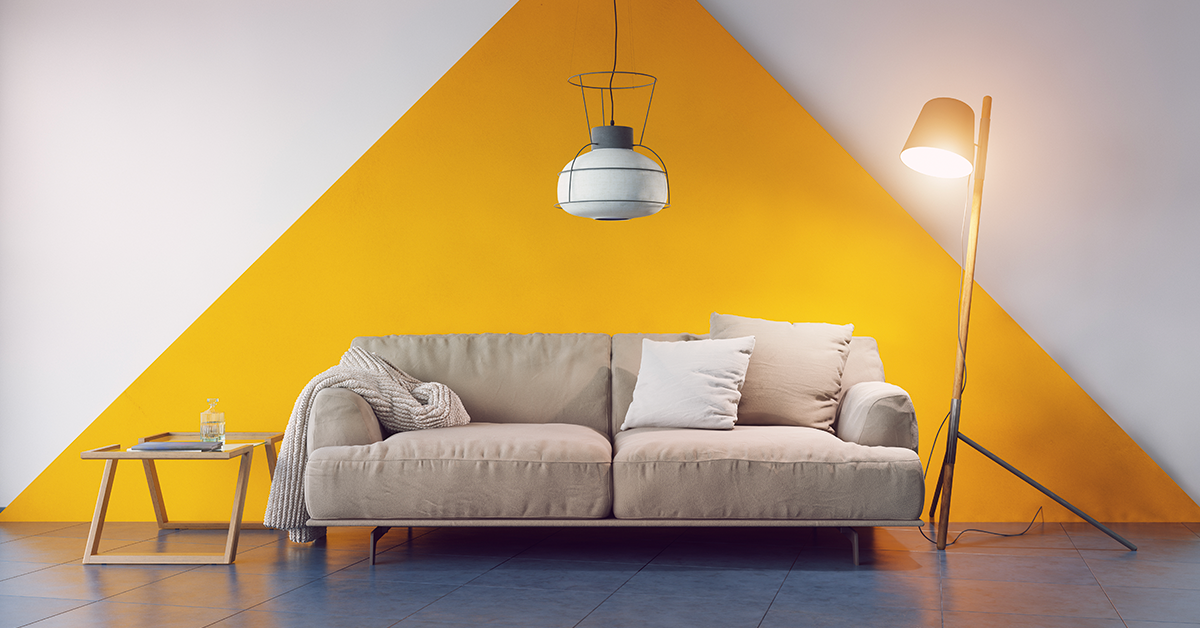
Don’t be afraid of colour! Everyone knows that it is one of the best ways to elevate your space and show off your design style. You can choose a bold colour or you can practice restraint with a choice of pastel, neutral colours. You can opt for the best of two worlds, with a combination of vibrant and muted hues. Whether you are going for a monochromatic look or love to mix or match bright shades, there are endless possibilities for you to explore. If you are not comfortable using strong hues in a big way, start small with key accessories like textiles- pillows, area rugs and throws- that can be easily switched out as your mood changes.
Lesson No. 7
Play with colours and patterns
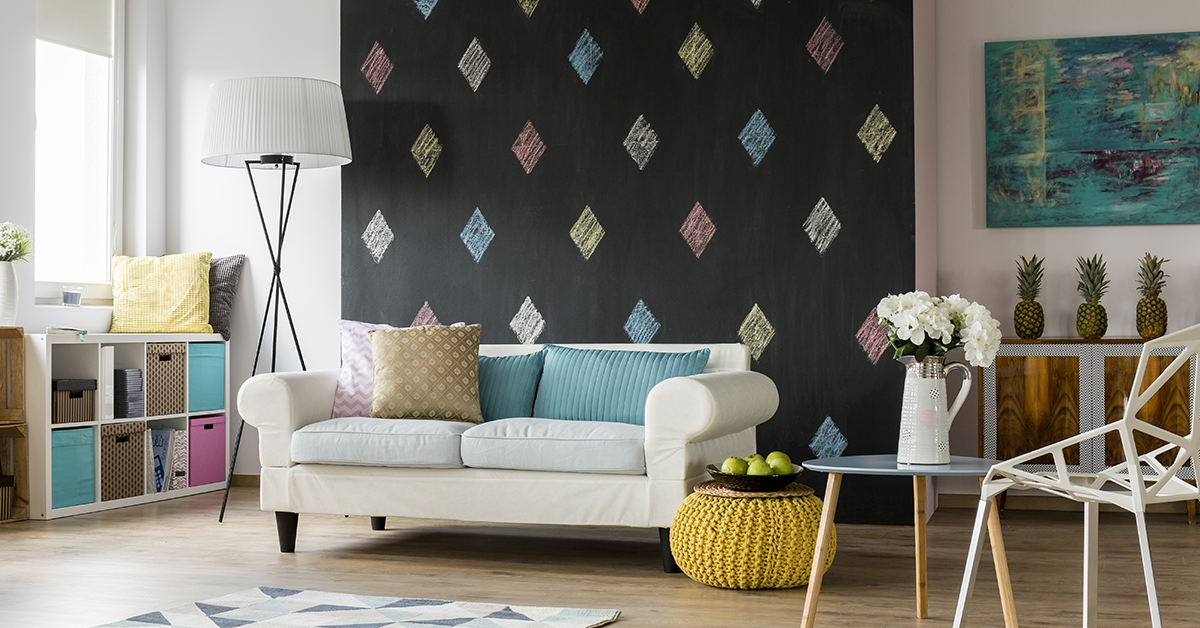
Patterns and colours you choose for your home say a lot about your personality and create a mood before any words are even spoken. For instance, if you add Ikat prints in the house, it will be understood that you’re a true boho at heart or if you use more animal prints in the home decor, it will show off your eclectic style. When playing with patterns, it is best to tone down the colours to achieve a calmer, less chaotic effect. Combine softer colour palettes with more vibrant patterns to add depth and tone. Mixing colours and patterns is a great way to stop your home from looking too overwhelming whilst still using vibrant patterns.
Lesson No. 8
Understand colour temperature
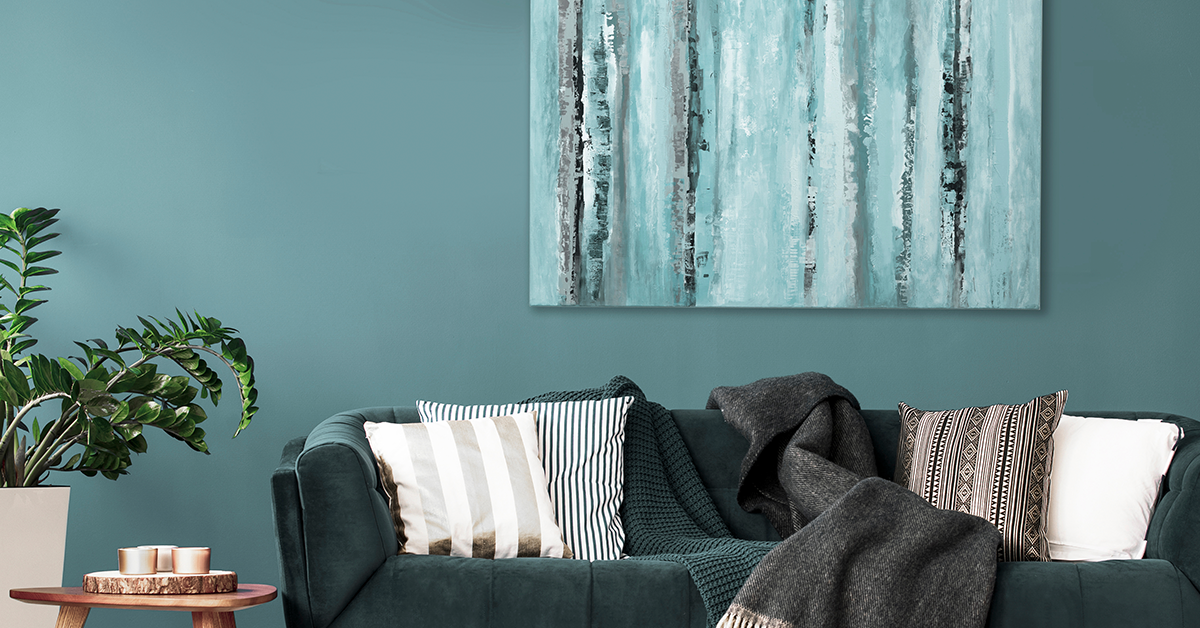
You may have heard of colours being described as having a warm or cool tone before. The colour temperature is defined by where the colour falls on the colour wheel. Reds, oranges and yellows are often described as warm colours. These colours are typically more vibrant and bring a sense of liveliness. In contrast, blues, purples and greens are cool colours. They can be used to calm down a room, making it more cosy and relaxed. When choosing colour, you should consider the temperature and the impact it is likely to create. For instance, cool tones work best in bedrooms, prayer rooms whereas warm tones work best in kitchens, home offices or living rooms.
Lesson No. 9
Don’t overlook the lighting
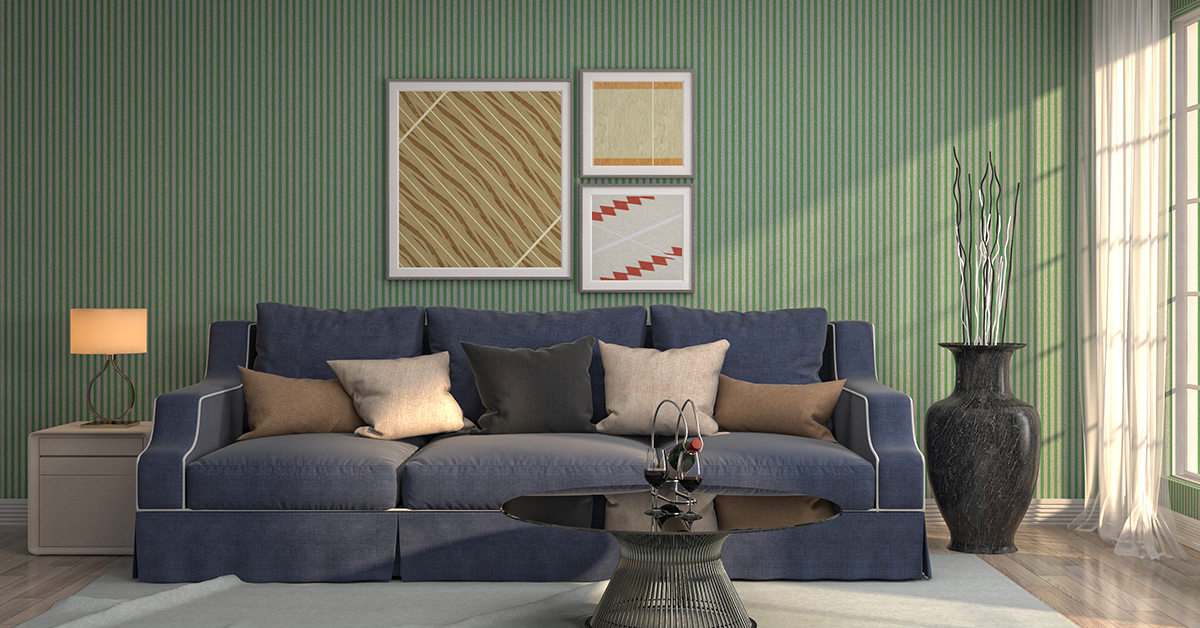
Think about the lighting in the room when deciding on the colour palette. Be it lamps, downlights or natural light pouring in from big windows- how much light you have and where it comes from.
Try this to test a colour: grab a paint sample and a large piece of cardboard. Paint the cardboard and test the sample several times a day to see how light affects it.
Lesson No. 10
Think about what you already own
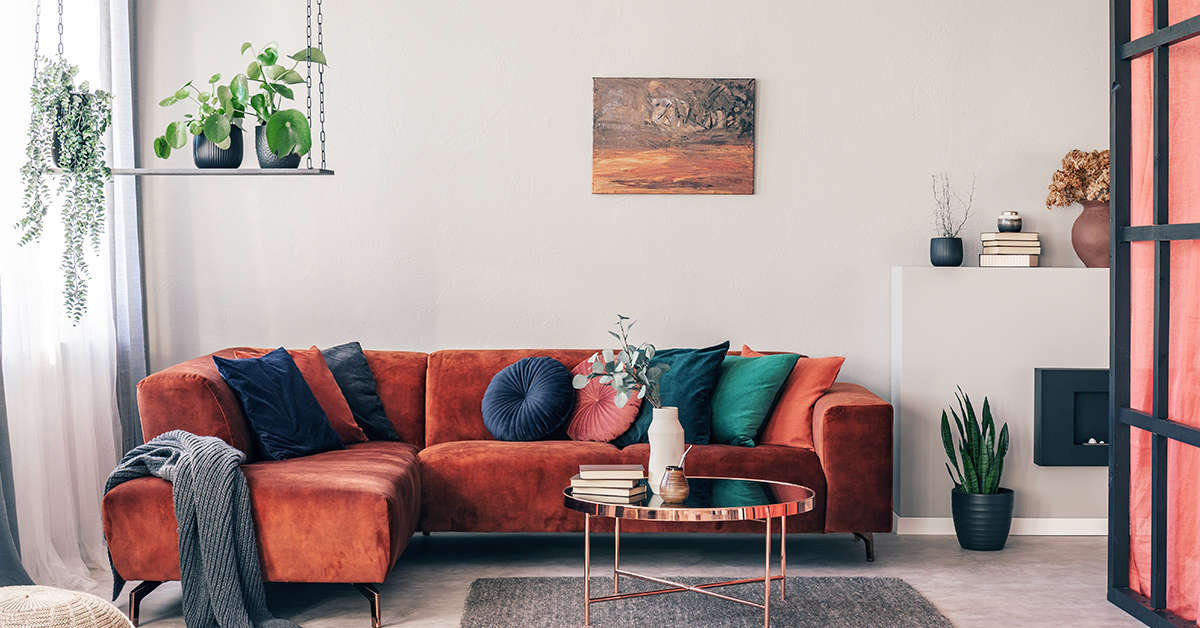
If you have a rug or an artwork that you know will work in a room you are going to paint then look out for some colour inspiration. Use a colour from the existing decor to match the tone (analogous), or opt for something that clashes (complementary).

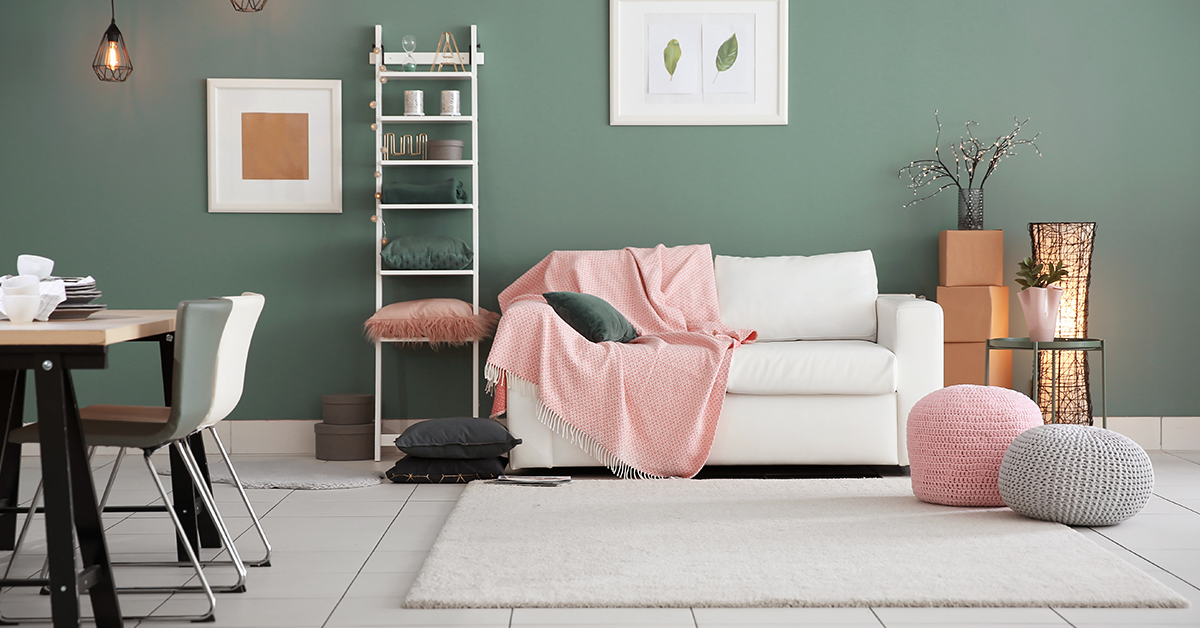
 Get in Touch
Get in Touch